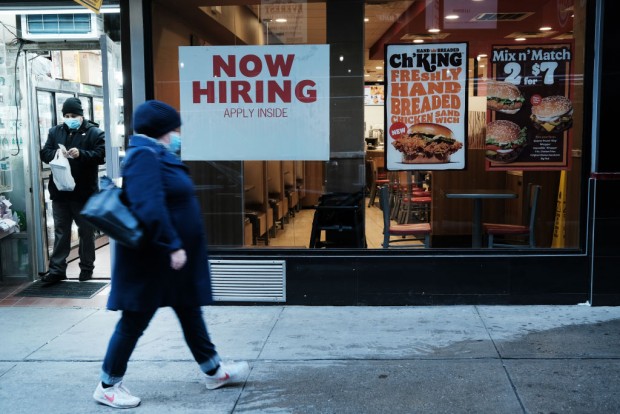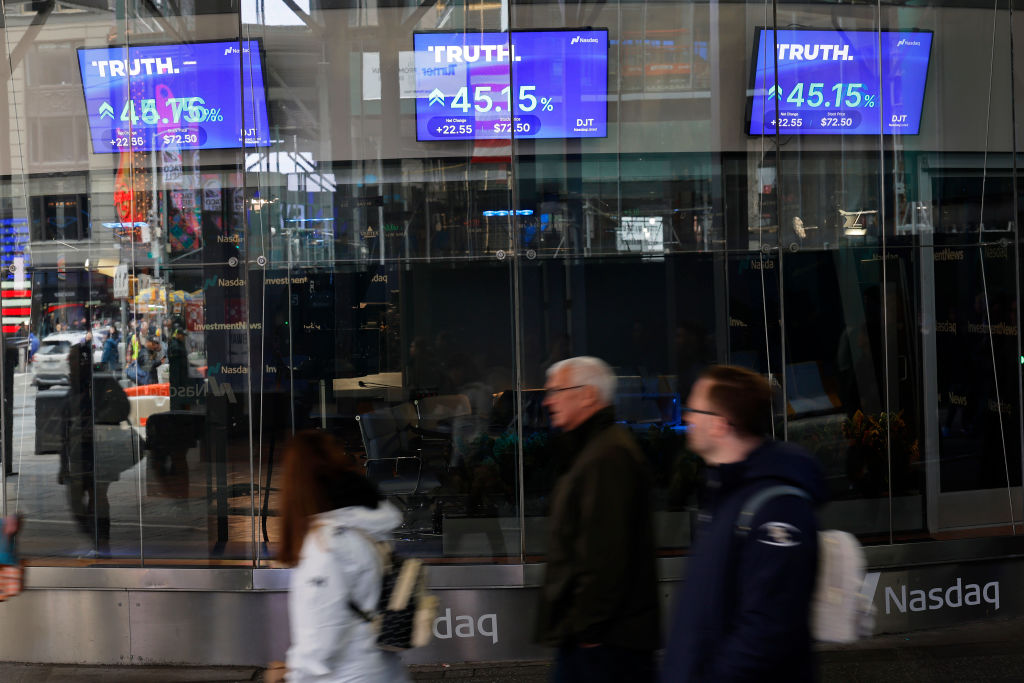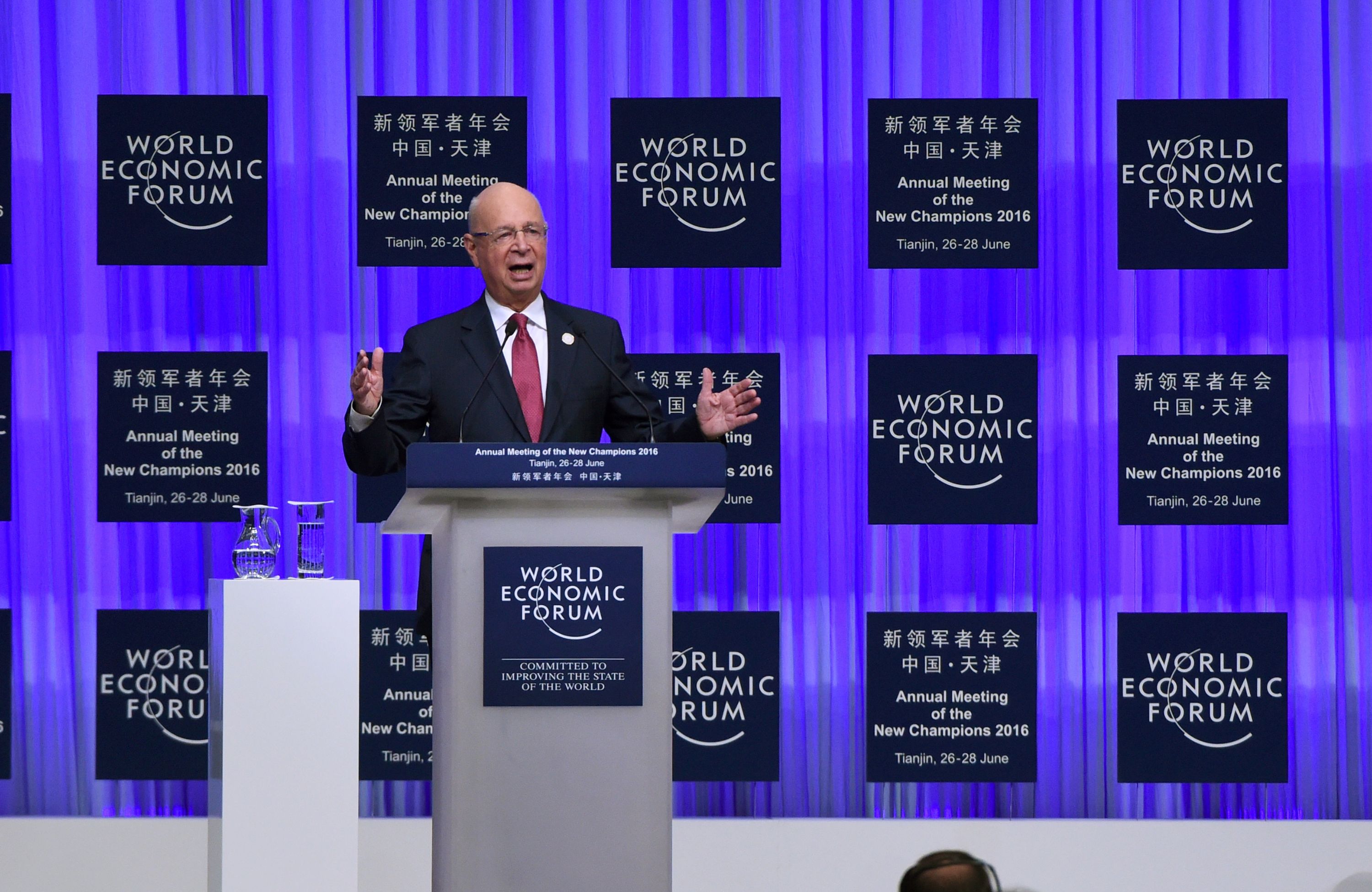Jobless Claims Jump to Highest Level in Three Months, Signaling Cooling Labor Market
By April Fowell
The number of Americans filing new jobless claims reached a three-month high last week, indicating that the labor market was progressively cooling, adding to the Federal Reserve's fight against inflation.
The Labor Department's weekly jobless claims report on Thursday, the most recent statistics on the economy's health, also showed unemployment rolls growing to levels last seen two years ago. The labor market is weakening as rising interest rates reduce demand, which is in line with slower economic growth.

(Photo : by Spencer Platt/Getty Images)
The number of Americans filing new jobless claims reached a three-month high last week.
It bolstered predictions that the Fed's monetary policy tightening cycle is concluded by adding data this week suggesting subsiding inflation and a decrease in consumer expenditure.
Nonetheless, the increase in both initial and ongoing claims is unlikely to signify a significant shift in labor market circumstances.
Unemployment Challenges Amidst COVID-19 and Economic Shifts
Following an unexpected rise in unemployment benefit applications early in the COVID-19 epidemic, economists highlighted difficulty calibrating the data for seasonal changes.
For the week ending Nov. 11, initial claims for state unemployment benefits increased 13,000 to a seasonally adjusted 231,000, the highest level since August. Economists predicted 220,000 claims in the previous week. Claims are currently in the 194,000-265,000 range for the year.
Last week, unadjusted claims climbed by 1,713 to 215,874. Filings increased in Massachusetts and New York, more than offsetting significant drops in Oregon and Georgia.
In October, job growth stalled and the unemployment rate soared to a nearly two-year high of 3.9 percent. Conditions were tight in September, with 1.5 job opportunities for every jobless individual.
Goldman Sachs economists said the increase in the unemployment rate in October was not a negative portent, adding that the rise in the unemployment rate since April has been completely due to an increase in the labor force size rather than a reduction in employment.
Read also: Japan's Economy Shrinks for the 3rd Quarter This Year as Exports Plummet
Market Reactions to Economic Caution and Inflation Concerns
Wall Street stocks were trading down after Walmart said Americans were continuing to be cautious with their spending due to increasing pricing and borrowing expenses.
The dollar dropped in value versus a basket of currencies. U.S. Treasury prices increased, while rates fell to two-month lows.
According to CME Group's FedWatch tool, the latest influx of inflation-friendly data has financial markets expecting an interest rate drop in May of next year. The Fed has raised its policy rate by 525 basis points since March 2022, to the current 5.25 percent-5.50 percent level.
According to the claims report, the number of persons getting benefits after an initial week of help jumped 32,000 to 1.865 million for the week ending Nov. 4, the highest level since November 2021. Since mid-September, so-called ongoing claims have grown.
Interpretations and Perspectives on Unemployment Spike and Import Price Trends
Most economists attribute the spike to difficulty in correcting data for seasonal changes rather than labor market deterioration. They anticipate that issue will be resolved when the government revises the statistics next spring.
While some felt that the seasonal adjustment was a problem, others saw the steady increase as evidence that more unemployed individuals were suffering longer periods of unemployment.
A separate report from the Labor Department's Bureau of Labor Statistics on Thursday showed import prices falling 0.8 percent in October, the highest in seven months, amid a wide dip in the cost of products, adding to the stream of promising inflation readings. In September, import prices increased by 0.4 percent.
Economists predicted that import prices, excluding tariffs, would reduce 0.3 percent. Import prices fell 2.0 percent year on year through October, after falling 1.5 percent in September. Annual import costs have now fallen for nine months in a row.
Related article: Inflation Eases as Supply Chains Smooth, Workforce Expands and Housing Market Cools












